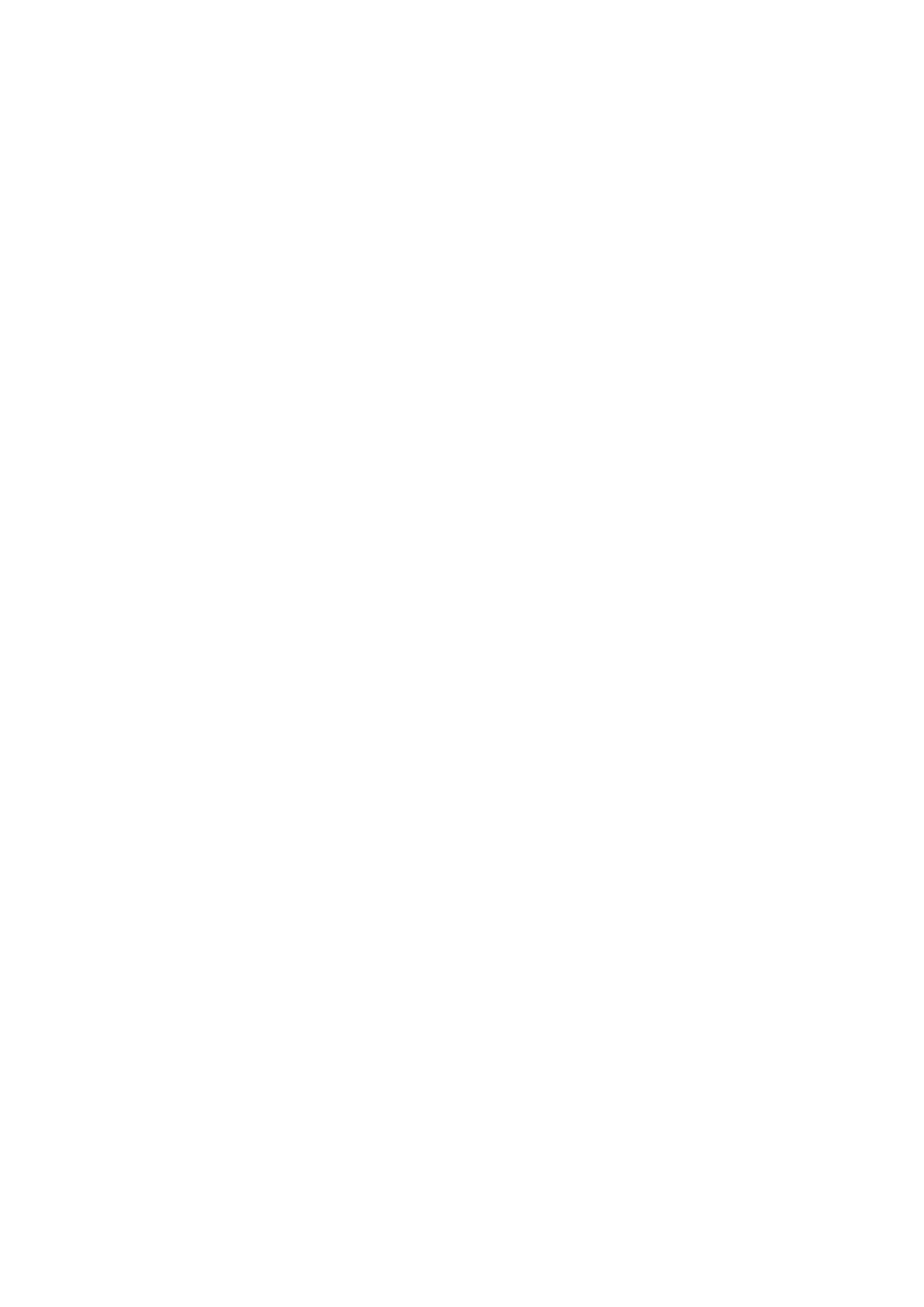
28(40)
Consequently,
is not restricted to be in the range -1 to 1. As a means of
normalization I therefore use the median of
as an estimate of
, rather
than the mean.
The estimated value of
is 0.56 (mean 1.44) for “Tooth extractions vs.
Basic Examination & Diagnostics”. The backed out average response in
prices to a 1% increase in competition is -0.0203% for first-stage prices
and -0.0133% for the follow-on prices. Relating this to an increase in the
number of clinics gives that one extra clinic within 1 km, would decrease
prices for “Basic examinations and diagnostics” with 0.09%, corresponding
to a price decrease with about 0.63 SEK. Considering that “Basic
examinations and diagnostics” are on average performed 2.4 million times
per year, the price decrease corresponds to a redistribution from providers
to patients of over 1.5 million SEK on average per year.
The estimated value of
is 0.81 (mean 1.40) for “Tooth extractions vs.
Full Examination, performed by dental hygienist”. This corresponds to a
decrease in prices of -0.092% for the first-stage service and -0.0075% for
the follow-on service. An increase of one extra clinic within 1 km, would
decrease prices for “Full Examination, performed by dental hygienist” with
-0.56%. This corresponds to a price decrease with about 3.4 SEK and a
redistribution from sellers to buyers of 2.6 million SEK on average per year.
The policy simulations thus suggest that the absolute effects of competition
are negative for prices for both types of services. This in turn implies that
competition is welfare enhancing for consumers by lowering prices. In
addition, the results suggest that prices are set above the efficient level
as there is room for price decreases.


